Eucalyptus deglupta is often called the rainbow eucalyptus because of the unique way it sheds its bark. Once the outer layer of bark is shed, the trunk is bright green, but gradually turns blue, purple, orange, and finally chestnut. The rainbow eucalyptus does not shed its bark all at once, but rather sheds it in sections throughout the year, creating a striking rainbow effect.
Also known as 'Mindanao gum' or 'rainbow gum', this beautiful tree is native to the Philippines, Indonesia and Papua New Guinea. It is the only eucalyptus that normally lives in rainforests – with a natural range that extends into the northern hemisphere – and one of only four eucalyptus species out of over 700 that are not found in Australia.
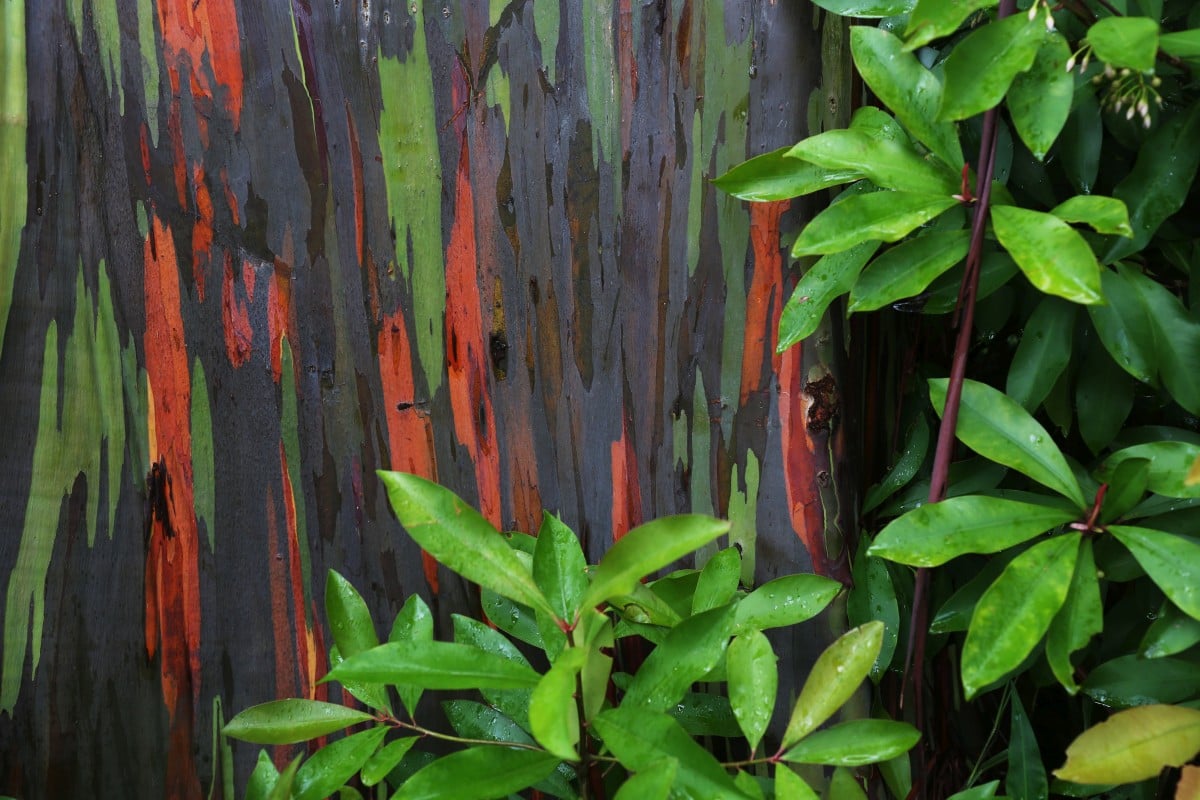
The brown outer bark peels off in long, narrow strips, revealing a bright green inner bark that gradually changes colour when exposed to air – turning blue and purple, then shades of red, yellow and finally brown. In recent years, people have also used these colourful trees as ornamentals, mainly for landscape design to add colour to lush green surroundings in parks, homes or botanical gardens.

Eucalyptus deglupta is a fast-growing tree, typically reaching 60–75 m in height with a trunk up to 240 cm in diameter. It is widely planted around the world in plantations, primarily for its pulpwood used to make white paper. It is the dominant species used for pulpwood plantations in the Philippines. In the United States, rainbow eucalyptus grows in frost-free climates in Hawaii and parts of southern California, Texas, and Florida. However, in the continental United States, the tree only grows to heights of 100–125 feet (30–38 m).
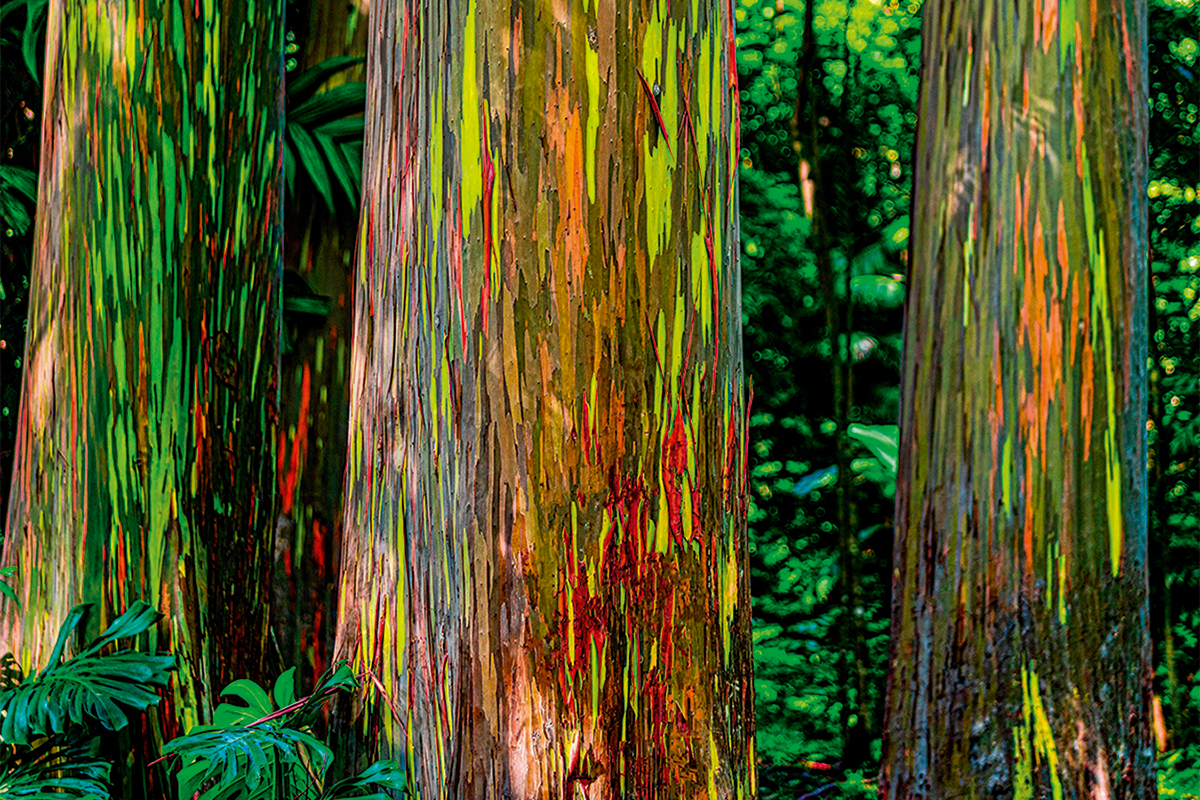
Typically, these trees grow 1 to 1.5 meters per year. Growth is fastest in the first decade. Depending on conditions, your Rainbow Eucalyptus can live 50 to 150 years.
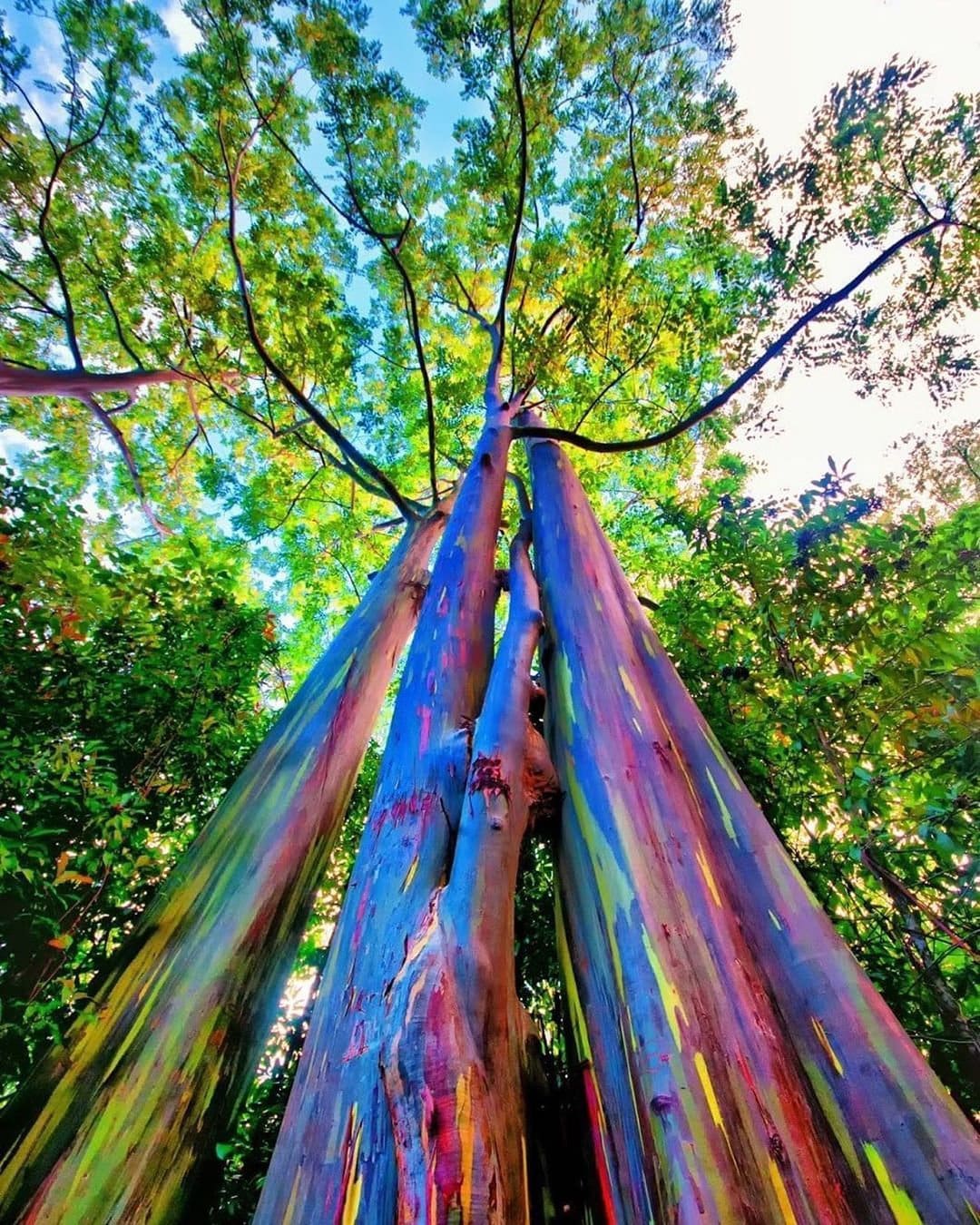
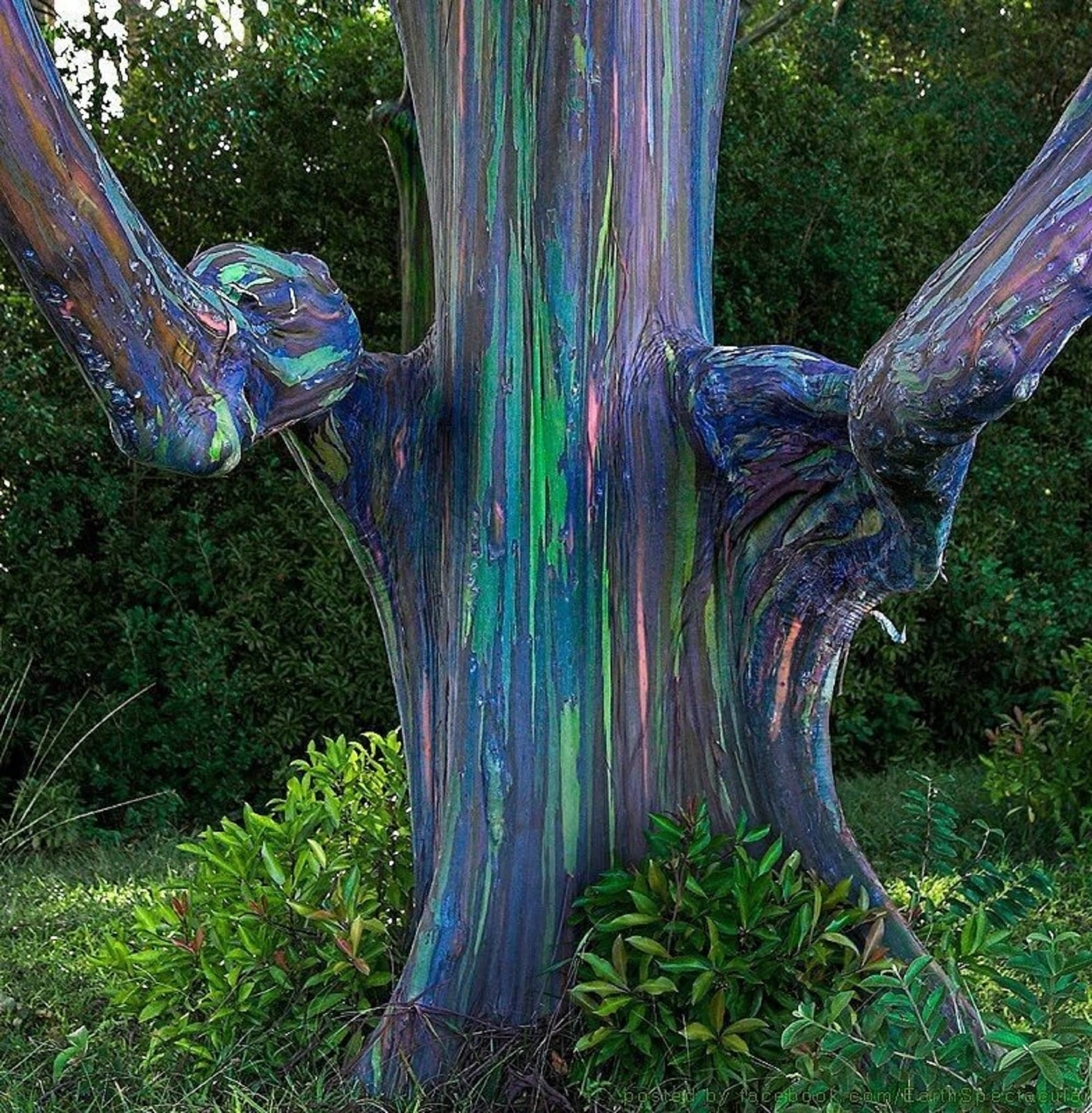
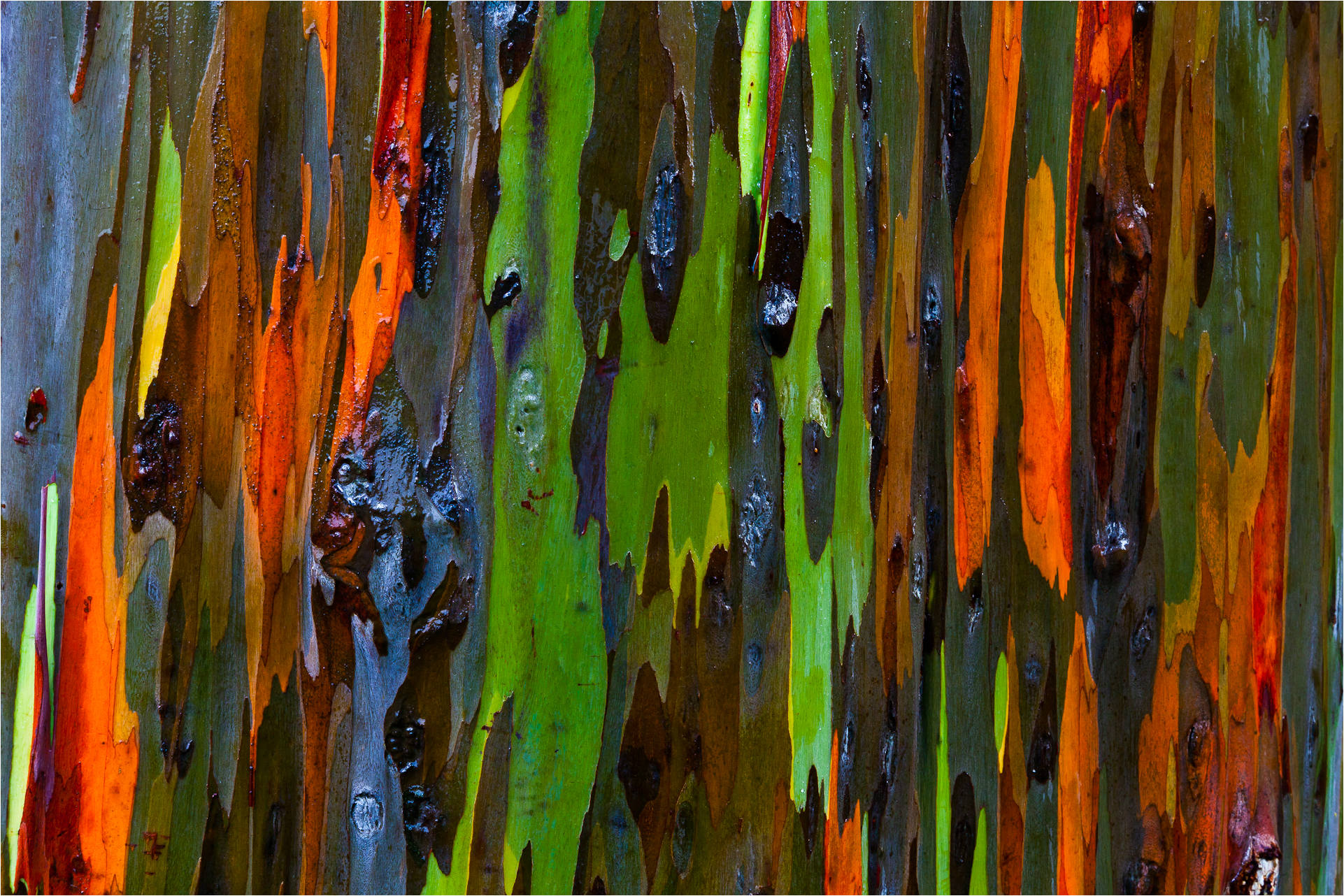
Source



![[Photo] Solemn opening of the 8th Congress of the Central Public Security Party Committee, term 2025-2030](https://vphoto.vietnam.vn/thumb/1200x675/vietnam/resource/IMAGE/2025/10/4/f3b00fb779f44979809441a4dac5c7df)

![[Photo] General Secretary To Lam attends the 8th Congress of the Central Public Security Party Committee](https://vphoto.vietnam.vn/thumb/1200x675/vietnam/resource/IMAGE/2025/10/4/79fadf490f674dc483794f2d955f6045)
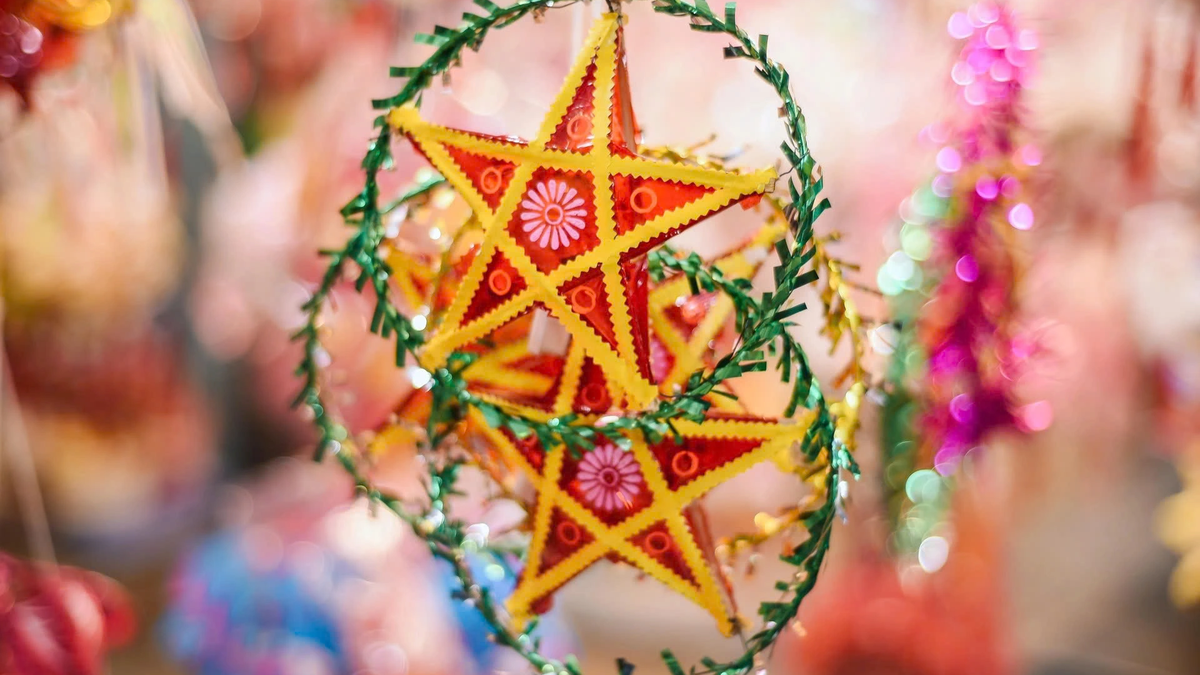







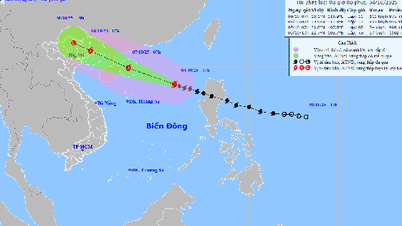

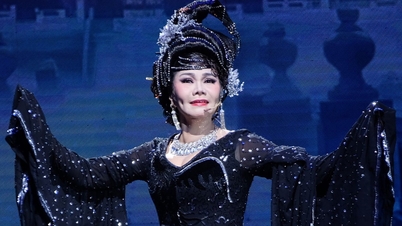



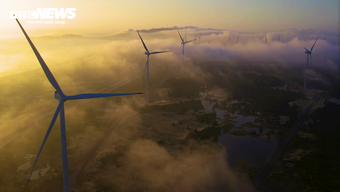



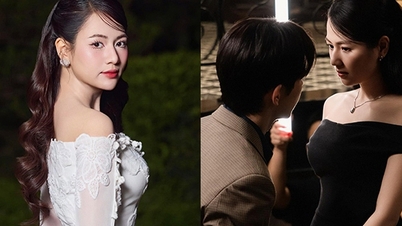
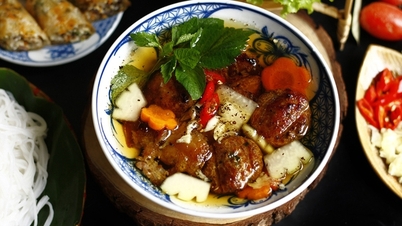
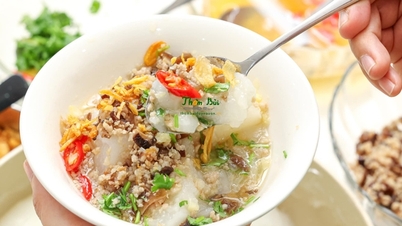
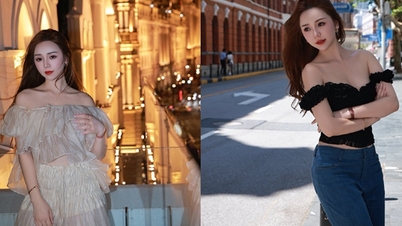
![[Infographic] Notable numbers after 3 months of "reorganizing the country"](https://vphoto.vietnam.vn/thumb/1200x675/vietnam/resource/IMAGE/2025/10/4/ce8bb72c722348e09e942d04f0dd9729)
![[Photo] Students of Binh Minh Primary School enjoy the full moon festival, receiving the joys of childhood](https://vphoto.vietnam.vn/thumb/1200x675/vietnam/resource/IMAGE/2025/10/3/8cf8abef22fe4471be400a818912cb85)


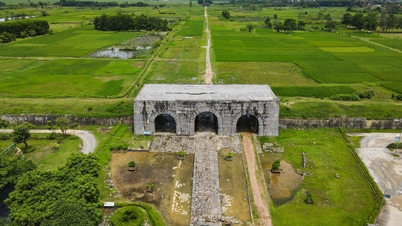
















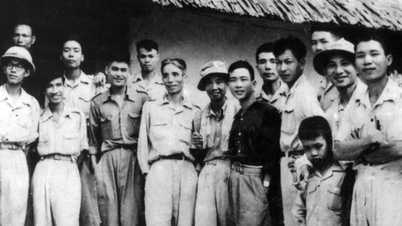

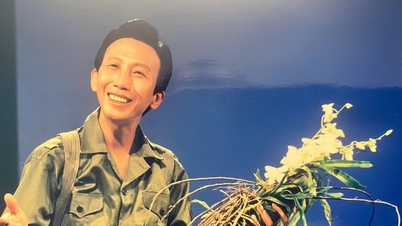

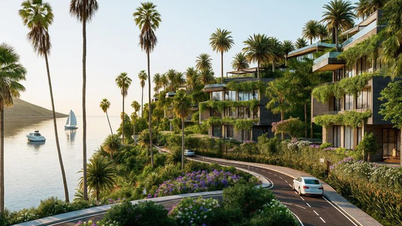


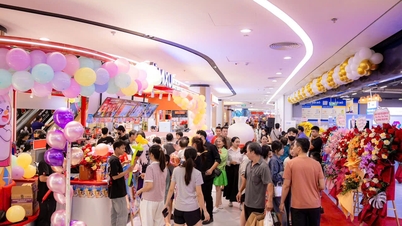


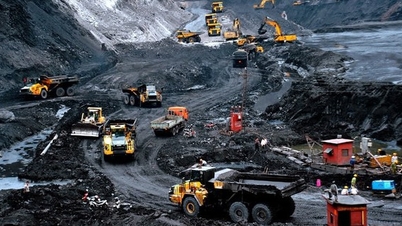


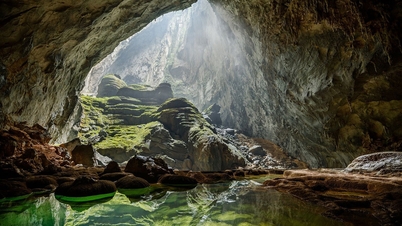

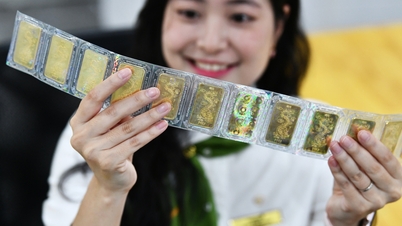
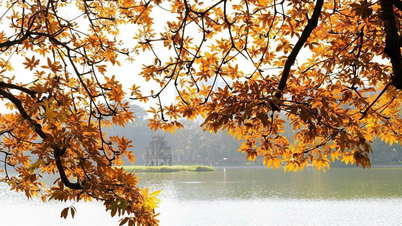
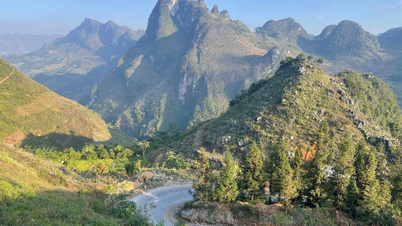


















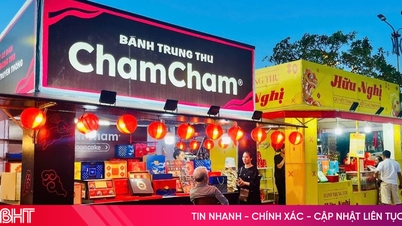






Comment (0)